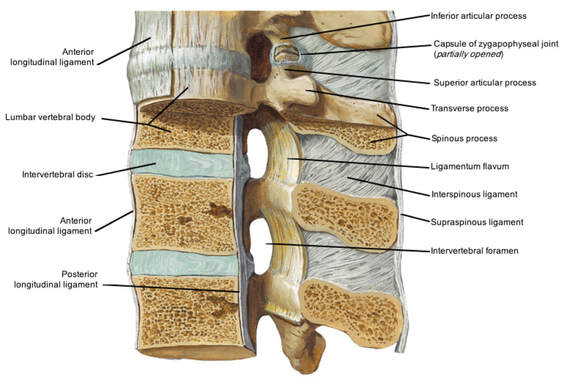
How Strain and Counterstrain Works
Strain and Counterstrain is able to correct chronic muscle tension by correcting an overactive stretch reflex that exists in the painful muscle. [Reference: Stretch reflexes and Hoffman reflexes in patients with Achilles tendonitis, JAOA, 2006.]
A normal muscle contracts as a result of communication with the central nervous system, but the overactive stretch reflex causes a muscle to contract constantly. This leads to a build up of neuroactive biochemicals or "waste products" in the muscle, perpetuating the chronic spasm causing the formation of a tender point or "trigger point." [Reference: Uncovering the biomechanical milieu of myofascial trigger points using in vivo microdyalysis: An application of muscle pain concepts to myofascial pain syndrome: Jay P. Shah, Journal of Body Work.]
The Cause of Many Chronic Pain Syndromes
Myofasciasl pain or "soft tissue problems" are responsible for a large percentage of chronic pain syndromes. It can occur in all areas of the body and presents as persistent tightness, pain or numbness/ tingling sensations. Myofascial pain cannot be detected by MRI, X-Ray or CT scan; however, trigger points can be diagnosed electrophysiologically by spontaneous electrical activity (SEA.) Myofascial pain is distinctly different than fibromyalgia in which there is generalized soft tissue sensitivity in all areas of the body. Interestingly, patients with fibromyalgia often have some degree of myofascial pain and therefore still have significant pain relief following Counterstrain treatment.
Treatments Are Pain Free
One of the main advantages to Strain and Counterstrain is that it is an "indirect" or pain free manual therapy technique. This means that you place patients into positions of ease and comfort instead of stretching them through pain and restriction. Also, Counterstrain's ability to reduce overactive stretch reflexes gives the technique excellent "carry over" or permanency. In essence, with this technique, the body corrects itself instead of being "forced" into correction.
Musculoskeletal Counterstrain
The muscular or musculoskeletal form of Counterstrain is targeted directly to the muscles of the human body and thus has many clinical applications. Post-operative muscle spasm, tension headaches, low back pain, neck pain, tennis elbow and sprained ankles are just a few examples of conditions that respond to this form of Strain and Counterstrain technique.
Fascial Counterstrain for the Musculoskeletal System
Fascial Counterstrain therapy (FCS) has the ability to treat every part of the musculoskeletal system including dysfunctions found in the bone tissue, joint and spinal ligaments, cartilage, skeletal muscle, and the superficial fascial system.
|
Bone Tissue Dysfunction
Bone tissue and fascia systems are closely related, therefore FCS treatment can be used to treat bone tissue dysfunction. This applies to injuries like tendonitis, post-fracture pain, and bone contusions. FCS can both treat and correct bone deformities, TMJ, tarsal tunnel syndrome, carpal tunnel syndrome, and idiopathic peripheral neuropathy. Joint and Spinal Ligaments Dysfunction If ligaments or joints are damaged or inflamed they respond by tightly contracting or “over-protecting.” This limits mobility and can cause intense, chronic pain in the spine and extremities. FCS ligament therapy can relieve joint pain and recover range of motion by decompressing spinal segments. Treatment can result in relief or even elimination of back pain, neck pain, lumbar spinal stenosis, and herniated discs. |
|
44025 Jefferson St., Ste 104
La Quinta, CA 92253 |
Phone: (760) 345-5453
Fax: (760) 345-7063 |
Hours of Operation:
Mon - Friday 7:30am - 6:00pm Closed weekends and major holidays |
Proudly powered by Weebly
